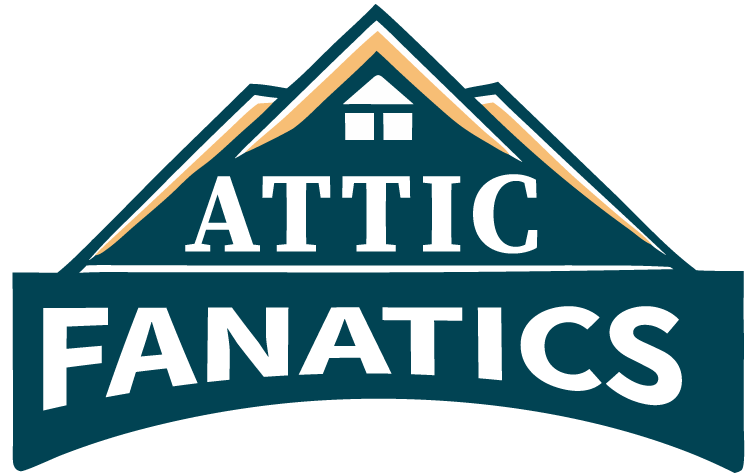♻️ Eco-Friendly Insulation Options for Your Attic

When it comes to creating a more sustainable and energy-efficient living space, the top of your house is a great place to begin. Choosing eco-friendly insulation for your attic not only improves indoor comfort but also contributes to long-term environmental health. With advancements in material science and growing environmental awareness, homeowners now have a range of responsible choices that align with modern green living.
🌱 Why Choose Eco-Friendly Insulation?
Traditional insulation materials often contain chemicals or manufacturing processes that are harmful to the planet. In contrast, eco insulation products are designed with sustainability in mind from sourcing and production to installation and performance.
Environmentally-conscious insulation:
Reduces greenhouse gas emissions
Minimizes indoor pollutants
Lowers reliance on fossil fuels
Offers recyclable or biodegradable properties
These benefits make them an ideal choice for homeowners focused on green home upgrades.
📄 Cellulose: A Recycled Champion
Cellulose insulation, made from repurposed newspaper and cardboard, stands out as a leading sustainable attic insulation solution. Treated with non-toxic fire retardants like borates, it’s safe for indoor use and boasts impressive thermal performance.
Highlights:
Composed of 80–85% recycled content
Offers strong resistance to pests and mold
Excellent at sealing gaps and reducing air leaks
Cost-effective and widely available
While installation typically requires professional equipment for blowing the material into place, its environmental and thermal benefits are worth the investment.
👖 Recycled Denim: From Jeans to Green Dreams
One of the most innovative insulation materials is made from something as common as old jeans. Recycled denim insulation offers a soft, non-irritating alternative to fiberglass. Its breathable nature and safe handling make it popular among DIYers.
Pros:
Contains no fiberglass or formaldehyde
Naturally sound-absorbent
Fully recyclable
Durable and resistant to decay
The main drawback is its slightly higher cost compared to traditional options, but the comfort and sustainability it provides make it worth considering.
🪨 Mineral Wool: Natural and Fire-Resistant
Mineral wool, including both rock wool and slag wool, is a powerful option for those prioritizing fire safety and acoustic control. It’s made from natural basalt rock or industrial byproducts, offering excellent performance while supporting environmental conservation.
Key Features:
Withstands high temperatures
Water-resistant and non-combustible
Long-lasting with minimal maintenance
Great soundproofing properties
Its higher density also helps with thermal regulation, keeping your upper floor more consistent in temperature year-round.
💧 Spray Foam with a Sustainable Twist
Some modern spray foam options now incorporate eco-conscious ingredients like water-blown agents and renewable oils. These versions aim to reduce the off-gassing and petrochemical content traditionally associated with foam insulation.
Benefits:
Provides an airtight seal
Prevents moisture buildup
Long lifespan with minimal degradation
Due to the need for professional installation and potential cost, it’s best suited for homeowners looking to maximize energy retention in challenging climate zones.
📊 Considerations Beyond Materials
Choosing sustainable attic insulation isn’t just about picking a green label. Several factors influence the overall eco impact:
R-value performance: Measures thermal resistance; higher values offer better energy savings.
Embodied energy: The energy used to produce and transport the material.
End-of-life disposal: Can the product be recycled or safely degraded?
Indoor air quality: Does the material emit VOCs or other irritants?
Balancing these considerations ensures you select insulation that delivers both comfort and conscience.
🌍 How Green Insulation Enhances the Whole Home

Eco insulation doesn’t just benefit the attic. It plays a significant role in the overall energy footprint of a residence. With fewer temperature fluctuations, HVAC systems work more efficiently, lowering electricity usage and monthly bills.
This is why sustainable upgrades are becoming essential steps in holistic green home planning. For homeowners seeking to lessen their environmental impact while maintaining high standards of indoor comfort, these insulation options present a practical and rewarding path forward.
💰 Long-Term Value of Sustainable Living
While upfront costs for green materials may be slightly higher, the long-term financial and ecological returns are substantial. Reduced energy bills, fewer maintenance issues, and improved indoor air quality all contribute to a healthier home and planet.
Additionally, with growing awareness of climate change and rising energy costs, homes equipped with sustainable attic insulation are often seen as more valuable and future-ready. In many regions, tax credits or rebates may even help offset initial expenses.
For households looking to invest in smarter living, upgrading to eco insulation is not just a practical decision — it’s a meaningful one. At Attic Fanatics USA, we help homeowners make that transition with expert guidance, premium eco-friendly materials, and insulation solutions tailored to both your budget and values.







